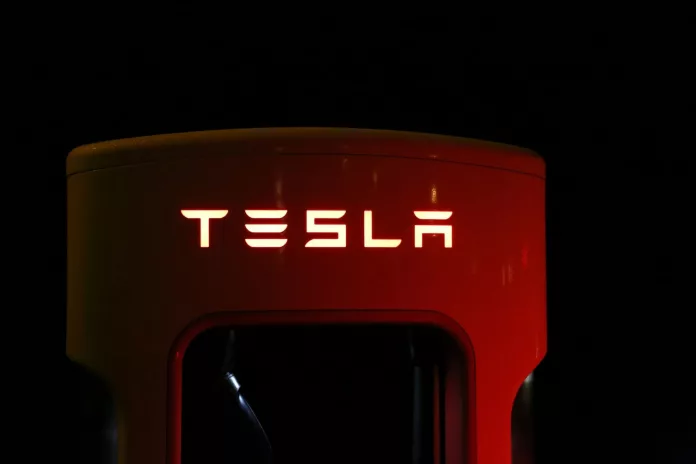When an astronomical event like a total eclipse occurs, it completely reshapes the usual patterns of travel. Normally, transportation networks thrive on a natural balance – while some destinations may be more popular, the flow of traffic typically sees both arrivals and departures without overwhelming the system. However, an eclipse presents the unique situation where vast numbers of people are simultaneously drawn to a specific path to witness the spectacle, followed by a mass exodus once it ends. This scenario effectively creates a “mega rush hour,” testing the limits of our transportation and charging infrastructures.
The Eclipse Charging Challenge
The solar eclipse posed a significant challenge to electric vehicle (EV) charging networks across the United States. In cities like San Antonio, the night before the eclipse brought about a heavy demand on charging stations, highlighting the need for more robust CCS (Combined Charging System) infrastructure. Although some slower charging options were available, the influx of EVs revealed that increased capacity was essential, especially as adapters are being developed to make Superchargers accessible to more types of EVs.
The gap in charging infrastructure wasn’t only evident for CCS but also for more established networks such as Tesla‘s Superchargers. Unusual wait times cropped up during the eclipse, signaling the need for capacity expansion, even in well-served areas.
Interestingly, the actual day of the eclipse saw lighter traffic and modest charging station use. However, as people began their return journeys, congestion and charging station demand spiked once again, providing a glimpse into the possible future of EV travel.
A Question of Charging Infrastructure Balance
While the eclipse’s charging congestion highlights a noteworthy challenge, it’s important to note that this isn’t a criticism of the current state of EV charging networks. Building infrastructure to cope with such rare and extreme peaks in demand is economically unreasonable, given the sporadic nature of these events. But this doesn’t mean there aren’t lessons to be learned from such occurrences.
Investing too much into interstate charging capabilities at the expense of more widespread network development would be a disservice to the overall accessibility and utility of EVs. While Tesla is making strides in providing basic coverage on most interstates and broadening the reach of Superchargers into more remote areas, other charging providers still have a considerable way to go in establishing their basic highway presence.
Insights for Future EV Charging Expansion
The eclipse provided a sneak peek into the potential challenges of EV charging as adoption rates climb. It’s a reminder that our current infrastructure might not be sufficient when EV becomes mainstream, not just on the interstates but in various settings across the nation.
Plans like the NEVI’s proposal for placing charging stations every 50 miles seem inadequate in light of the potential for increased EV usage. Tesla has set an example with sprawling Supercharger stations, yet relying on a single company isn’t a sustainable approach. This warrants a collective effort from multiple entities to fortify the charging network proactively.
Moreover, the expansion of charging stations shouldn’t be limited to designated areas or large parks. For widespread acceptance and convenience, businesses of all sizes and locales, from restaurants to retail stores, should consider integrating charging facilities. This could provide a competitive edge and appeal to the growing demographic of EV drivers.
As we anticipate more EVs on the road and more unique travel events, there’s a need for better management of driver expectations. Education on potential delays, particularly during peak travel times, will be key. This mental prep is crucial for those transitioning from internal combustion engines to electric vehicles, setting the stage for a smoother shift towards sustainable transportation.


























